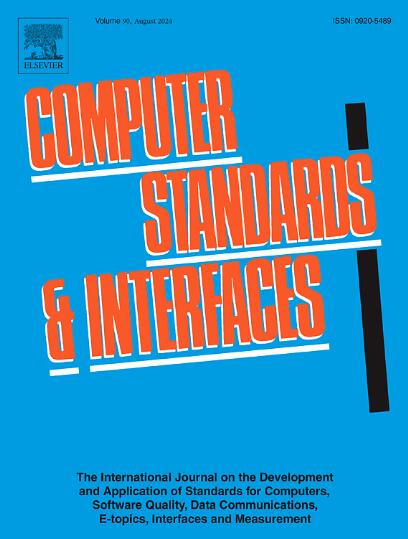敏捷用户体验的现状:挑战和解决方案
IF 3.1
2区 计算机科学
Q1 COMPUTER SCIENCE, HARDWARE & ARCHITECTURE
引用次数: 0
摘要
上下文:在需求变化带来压力的敏捷环境中,有必要将用户需求整合到产品开发中,以确保产品成功。因此,用户体验(UX)方法应该集成到敏捷环境中。敏捷和用户体验这两门学科的本质表现出了相似之处,这些相似之处形成了合理的基础,比如使用持续的审查来避免错误的期望,减少后期的变更和相关的成本。目的:然而,在实践中,挑战阻碍了学科的整合。为了支持研究人员和实践者,我们提供了敏捷用户体验研究领域发展的概述,以发现研究差距。确定了挑战和解决方案方法,以便为敏捷和用户体验的集成提供具体的帮助。方法:在对30篇相关文献进行三级综述的基础上,梳理研究领域的演变和差距。然后,对86篇论文进行了二次系统的文献回顾,以检查敏捷和用户体验集成的挑战和解决方案方法,以提出行动建议。结果:确定了28个挑战(例如,“跨学科知识”)和103个解决方案方法(例如,“UserX故事”),因此一个挑战可以有几个解决方案方法,反之亦然。此外,所有挑战在最近几年(2020-2023年)仍在解决,不能认为已经解决。结论:根据我们的结果,从业者可以确定可能与公司内部挑战相关的解决方案方法,并利用协同效应。提及的数量也提供了研究领域的概述,研究人员可以使用它来开发进一步的解决方案方法并缩小研究差距。本文章由计算机程序翻译,如有差异,请以英文原文为准。
State of the art of Agile User Experience: Challenges and solution approaches
Context:
In agile environments with pressure due to changing requirements, it is necessary to incorporate user needs into product development to ensure product success. Accordingly, User Experience (UX) methods should be integrated into the agile environment. The nature of the disciplines Agile and UX shows similarities that form a reasonable basis for this, like avoiding false expectations using continuous reviews and reducing late changes and associated costs.
Objective:
Nevertheless, challenges hinder the integration of the disciplines in practice. To support researchers and practitioners, we provide an overview of the development of the Agile UX research field to detect research gaps. Challenges and solution approaches are identified to provide concrete assistance in the integration of Agile and UX.
Methods:
Based on a tertiary review of 30 related work papers, the evolution of the research field and gaps are identified. Then, a secondary systematic literature review of 86 papers is used to examine challenges and solution approaches to the integration of Agile and UX to make recommendations for action.
Results:
28 challenges (e.g., “Interdisciplinary Knowledge”) and 103 solution approaches (e.g., “UserX Stories”) were identified, whereby one challenge can have several solution approaches and vice versa. Furthermore, all challenges were still addressed in recent years (2020-2023) and cannot be considered solved.
Conclusion:
With our results, practitioners can identify solution approaches that may be relevant for internal company challenges and make use of synergies. The numbers of mentions also provide an overview of the research field, which researchers can use to develop further solution approaches and close research gaps.
求助全文
通过发布文献求助,成功后即可免费获取论文全文。
去求助
来源期刊

Computer Standards & Interfaces
工程技术-计算机:软件工程
CiteScore
11.90
自引率
16.00%
发文量
67
审稿时长
6 months
期刊介绍:
The quality of software, well-defined interfaces (hardware and software), the process of digitalisation, and accepted standards in these fields are essential for building and exploiting complex computing, communication, multimedia and measuring systems. Standards can simplify the design and construction of individual hardware and software components and help to ensure satisfactory interworking.
Computer Standards & Interfaces is an international journal dealing specifically with these topics.
The journal
• Provides information about activities and progress on the definition of computer standards, software quality, interfaces and methods, at national, European and international levels
• Publishes critical comments on standards and standards activities
• Disseminates user''s experiences and case studies in the application and exploitation of established or emerging standards, interfaces and methods
• Offers a forum for discussion on actual projects, standards, interfaces and methods by recognised experts
• Stimulates relevant research by providing a specialised refereed medium.
 求助内容:
求助内容: 应助结果提醒方式:
应助结果提醒方式:


